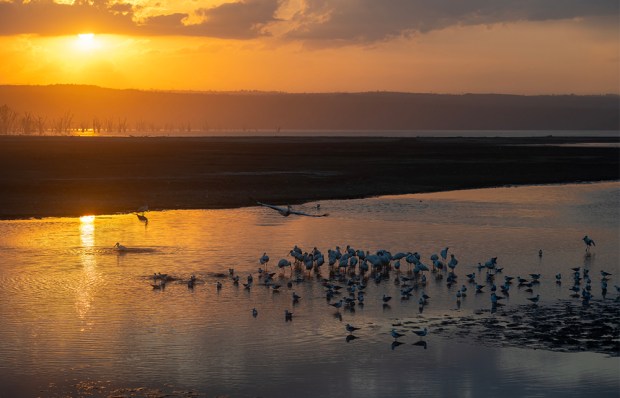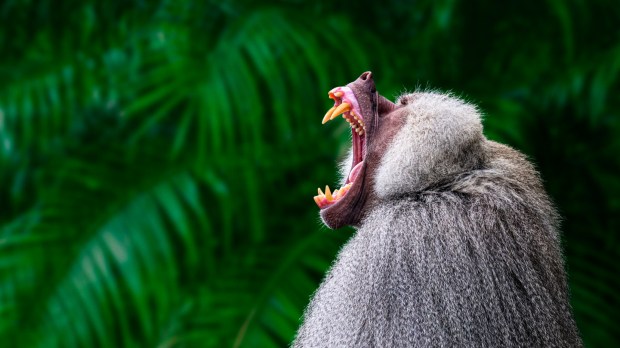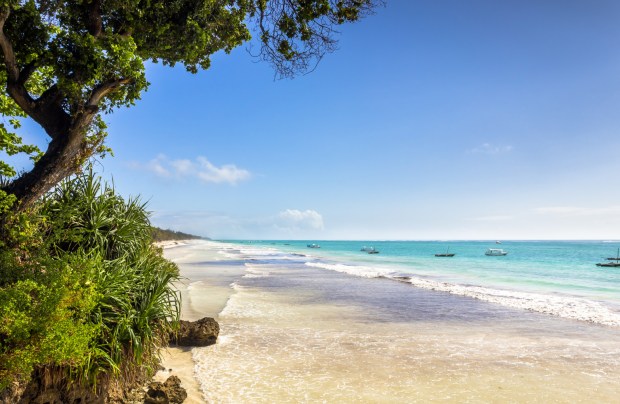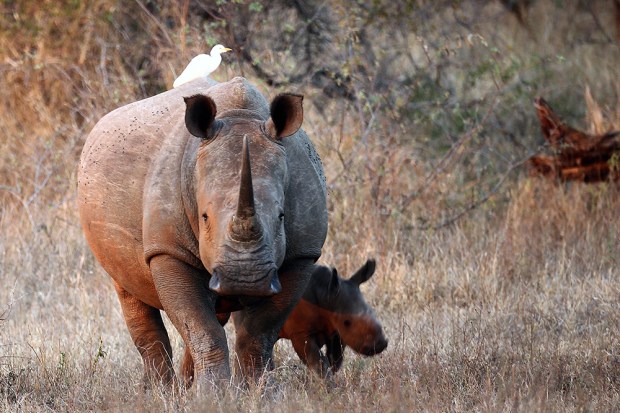Kenya
It’s a long time since I thought of Thaddee, our Kigali stringer when I was covering Rwanda for Reuters. I remembered him because a recent fashion in western universities is the revision or even denial that a genocide against the Tutsis occurred in Central Africa in 1994. In recent months academics and some journalists have contacted me to attack my eyewitness testimony, saying what I saw was not Hutus like Thaddee murdering countless Tutsis but something else entirely. They claim either that people like me vastly exaggerated the number of Tutsi victims, or that we hid the truth, which was that most victims were in fact Hutus like Thaddee being butchered by Tutsis. We were happy to go along with this big lie, they reason, because we were ‘embedded’ with Paul Kagame’s Tutsi forces, blinded by our own stupidity and bias in favour of Anglophone rebels fighting for hegemony in a Francophone region rich with minerals. The view that the true story of Rwanda has been hidden or concealed is taken seriously enough for the BBC to quote its believers, as it did in a recent documentary.
Academics deny they are revising history, but from my point of view I feel echoes of Germany and Armenian Turkey. ‘People will say the events you describe are too monstrous to be believed,’ Simon Wiesenthal recalled the SS telling Jews in the Lagers. ‘They will say they are …propaganda and will believe us, who will deny everything, and not you’.
But Thaddee’s story is proof of how complicated truth is. I remember Thaddee as a lovely man, a Hutu, married to a Tutsi, who in the early 1990s had been jailed for his journalism in local papers. His byline was over much of Reuters’ early coverage of the killings in April 1994. But we got separated in the fighting in Kigali and in May we lost touch when he was on the other side of the Hutu militia roadblocks with their pyramids of Tutsi heads and Tutsi hands. It was later alleged that the militias at one of the roadblocks had recruited Thaddee and that he had participated in the killings.
Months afterwards I received a letter from Thaddee. He told me he had fled Rwanda to escape the Tutsi rebel advance, taking his wife with him, and that he had ended up on the shores of Lake Tanganyika in Ujiji, where Stanley had once met Livingstone. To survive, he had been smuggling soap and cigarettes by canoe across the lake into the Congo.
In his letter he asked if I would visit his home in Kigali to rescue his family photo album, the possession he valued above everything, and he also told me where he had buried his Reuters computer in the garden — marking his map with an X. When I got to the house it was now occupied by Tutsis. They said they knew nothing about Thaddee’s photo album and they objected to me digging around for the computer. They declared that the previous occupants had been génocidaires and good riddance to them. In a neighbouring house, however, I met a Tutsi man who said that during the massacres he and his family had been sheltered in Thaddee’s attic for weeks. Thaddee had saved their lives, but the man had no idea what his rescuer did during the hours when he was not at the house. Could it be that Thaddee said goodbye to his family and friends each morning and went to a roadblock where he used a club filled with nails to bludgeon people to death there?
One of Thaddee’s friends called Seth Sendashonga, a supporter of Kagame’s rebel RPF forces who later became an interior minister, told me that the allegations were lies. He said Thaddee was a decent man who never did such things. Sendashonga was, like Thaddee, what we called in those days a ‘moderate Hutu’ and in the war both sides killed many of them. After falling out with Kagame, Sendashonga fled to Nairobi and in 1998 he was assassinated there, as people who fall out with Kagame tend to be.
After his Ujiji letter Thaddee vanished. I tried to trace him through the International Red Cross and for years I asked around, hoping that he would pop up somewhere in East Africa, that I would see his byline in a local newspaper. I wondered if he had been caught up in the terrible violence of eastern Congo in the late 1990s when countless thousands more civilians were killed. I pictured Thaddee as a refugee suffering cholera in Goma, or living under a blue plastic tarpaulin in a camp beneath an equatorial volcano. I never heard a thing about him again until today, after a conversation with another academic in America who had jogged my memory. I googled Thaddee’s full name and discovered that somewhere, somehow, he had completed a book about Rwanda soon after 1994 — his testimony of what he saw, I hope — but had died before he could see it published.
Got something to add? Join the discussion and comment below.
Get 10 issues for just $10
Subscribe to The Spectator Australia today for the next 10 magazine issues, plus full online access, for just $10.
You might disagree with half of it, but you’ll enjoy reading all of it. Try your first month for free, then just $2 a week for the remainder of your first year.














Comments
Don't miss out
Join the conversation with other Spectator Australia readers. Subscribe to leave a comment.
SUBSCRIBEAlready a subscriber? Log in